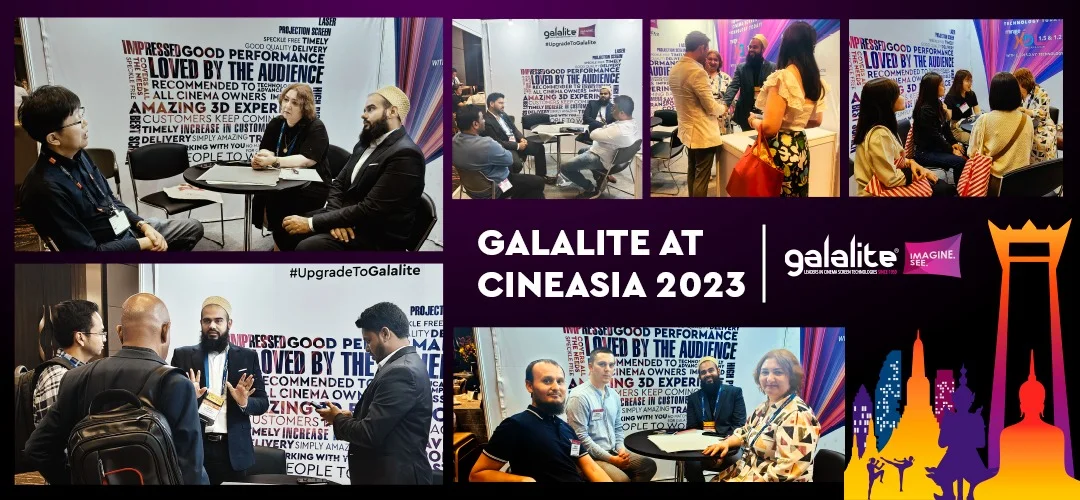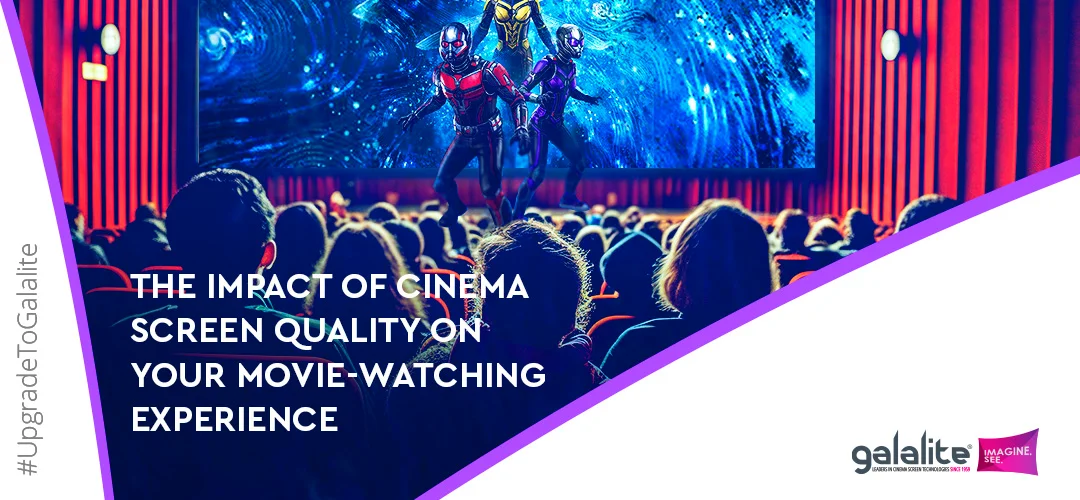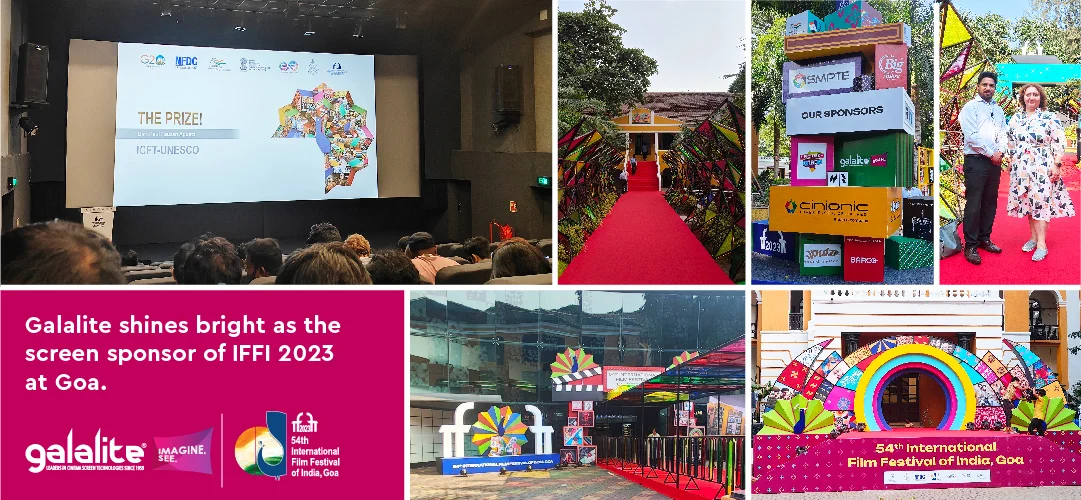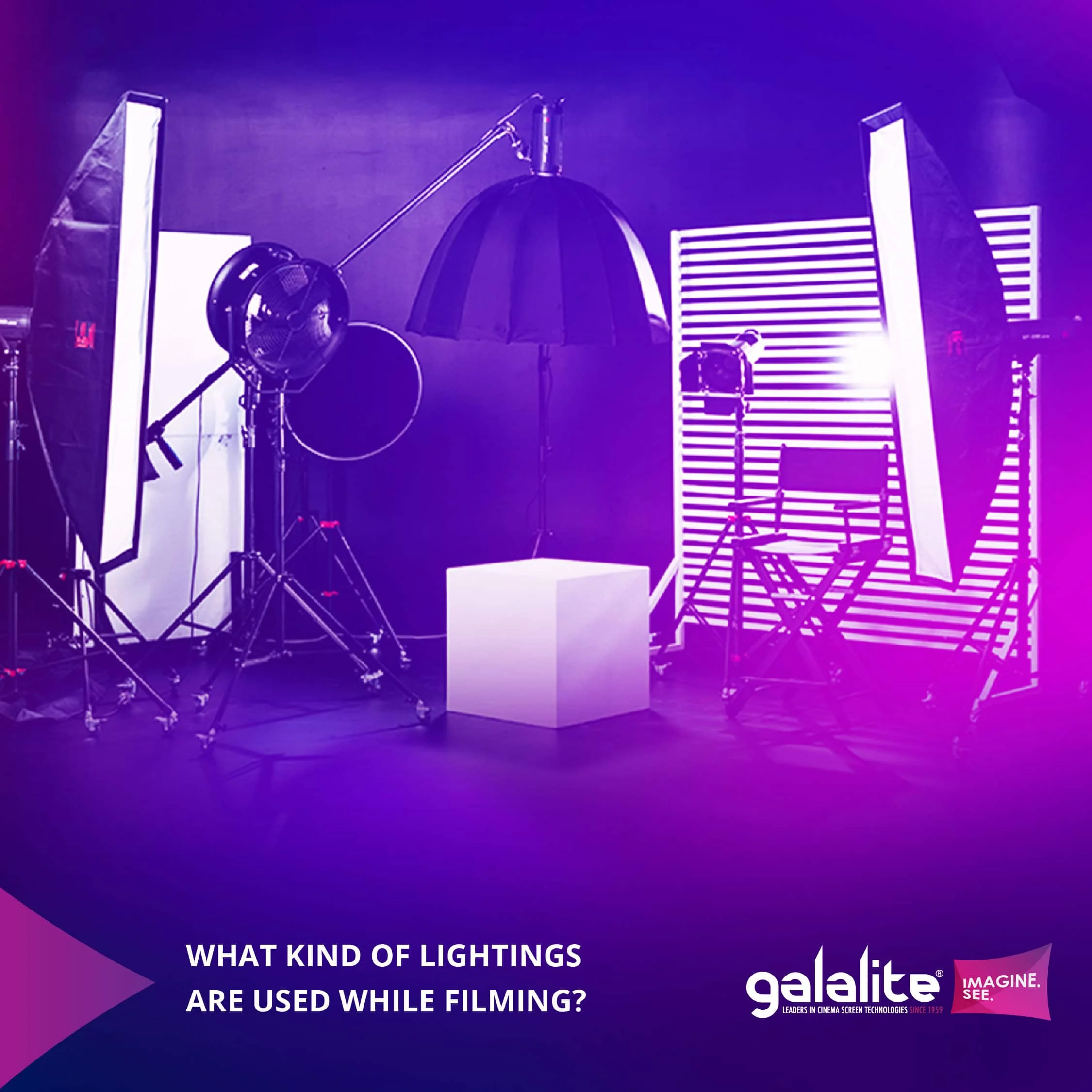
You’re watching a movie and there’s a sad scene playing. All the characters are grieving. But here’s a catch. The scene has all shiny, loud lights being played all over the screen.
Okay, we know this never happens. Because, can films afford to make such blunders?
A big NO.
None of us needs to study cinematography to catch such accidents. We all react to what we see. And that’s the reason, the lighting of the film is so important to set the mood, atmosphere and decide how the audience is going to feel when they watch a particular scene.
Each scene has a different story. A different emotion. Hence, different lighting.
And here’s a fact:
Without a great lighting setup, you can’t get that great shot even with the greatest camera in the world!
If you want to leave that long-lasting memorable impact on your audience about your film, amazingly presented visuals are a must.
This blog post is going to unfold different kinds of lighting techniques that videographers use to create that mesmerizing cinematic look for every scene of the film.
Let’s dive into understanding each of them. But before that, let’s also understand what factors decide what lighting to use?
Here are some of the crucial ones:
- Who is the hero of the scene? What is the emotion of the scene?
- Do you want to highlight any props, elements, things?
- What is the personality of the character present in the scene and how can you differentiate it from the other character?
- What is the mood of the scene?
And many such..
The director, cinematographer, director of photography are the magicians who make it all happen!
Here are some of the most common forms of lighting used in filmmaking:
Key light
Your key light is the primary lighting source of the three-point lighting setup (i.e. key, back and fill lighting equipment set up). It’s the strongest and makes the object appear (the one it is targetting) brightest amongst all. The ‘key light’ being the most intense one is the light that you use for your main scenes.
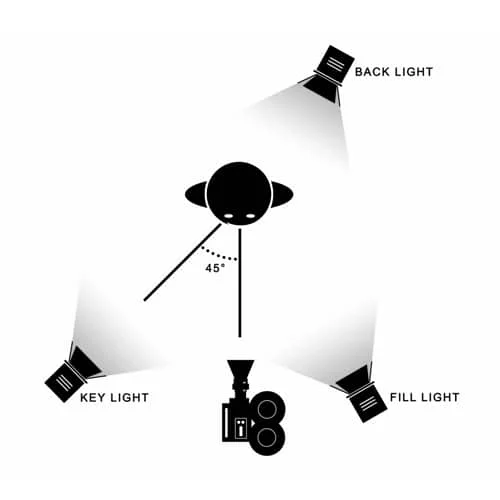
Fill light
Since key light is all strong and intense, it creates shadows. That’s when fill light comes into the picture to eliminate all of those shadows. Simply putting, it fills the shadows of the characters while still keeping all the features of the characters clearly visible. To achieve this, the fill light is being placed on the opposite side of the key light and is not that powerful in order to balance out the impact created by the key light.
Backlight
Backlight, as the name itself suggests, is the light placed behind the characters to distinguish them from the background elements. It is positioned at a higher, elevated angle than the actor or the object it is supposed to brighten up. This helps in giving the character or the object more in-depth visibility and defines their shape.
Fun fact: The sun is the best natural backlight filmmakers love to use.
Soft film lighting
To define how a scene should feel emotionally, cinematographers decide whether to use soft or hard film lighting. Usage of either of the lights basically decides how large a light source is and how it will affect the shadows in the background. Soft lighting is something that generates little to no harsh shadow.
It creates wonders to recreate subtle shades and eliminate the shadows from the frame. Therefore, it can be used as a fill light too if used smartly.
Hard lighting
Contrary to soft lighting, hard lighting is the lighting that creates harsh shadows and lines on the object. Being popular for giving a dramatic touch to the scene, hard lighting is beneficial when you want to draw attention to a particular character or a scene.
Motivated lighting
This is the lighting that is used to elevate the natural light which is already present in the scene. You can say it enhances the natural light. For example, if the sun present where the movie set is being located is not giving off enough light, another lighting that has similar colour is used to enhance the lighting and is called ‘motivated lighting’.
Practical set lighting
Practical lighting makes for the lighting used in the scene through lamps, flashlights, candles, TV, etc. These objects are not capable of lighting the character or anything fully but they do contribute to adding the cinematic touch to the ambiance.
This style is used by video makers who wish to use some light sources for a specific scene or location. To have the desired impact, it is recommended to use multiple practical lights to illuminate the object.
Natural film lighting
Natural lighting is used as a modifying light to the available one at the set. To understand what to exactly use for the natural light, you can first analyze the location where you are shooting and how well the natural light is holding up. Then accordingly, you can decide what additional light you may need.
Bounce lighting
Bounce lighting is a reflected light to highlight the focused objects indirectly without having to put the focus on them. So the natural lighting gets more space in the frame. For example, you can use a whiteboard or white card to highlight the character or any other object in the frame indirectly. Using bounce light which is a versatile lighting mode, you can create fill light, key light and also the backlight subtly to illuminate objects in the scene.
The last and the obvious one..
Ambient lighting
This is the light that already exists on the set. Sunlight, moonlight, street light are some of the examples of ambient light that you can use. However, the intensity of these lightings will not be consistent so better to plan for their replacement well in advance if you would be using them for some of the scenes.
Pack-up!
So these were some of the most common lightings that are used while filming. The beauty of these lights is that they bring life to each scene and portrays it in a way that leaves the audience awestruck. The film that has these lightings presented well doesn’t fail to create wonders on the big screen.
We hope this article was helpful for you to understand different forms of film lighting. Which lighting setup do you love the most? We would love to hear in the comments below!
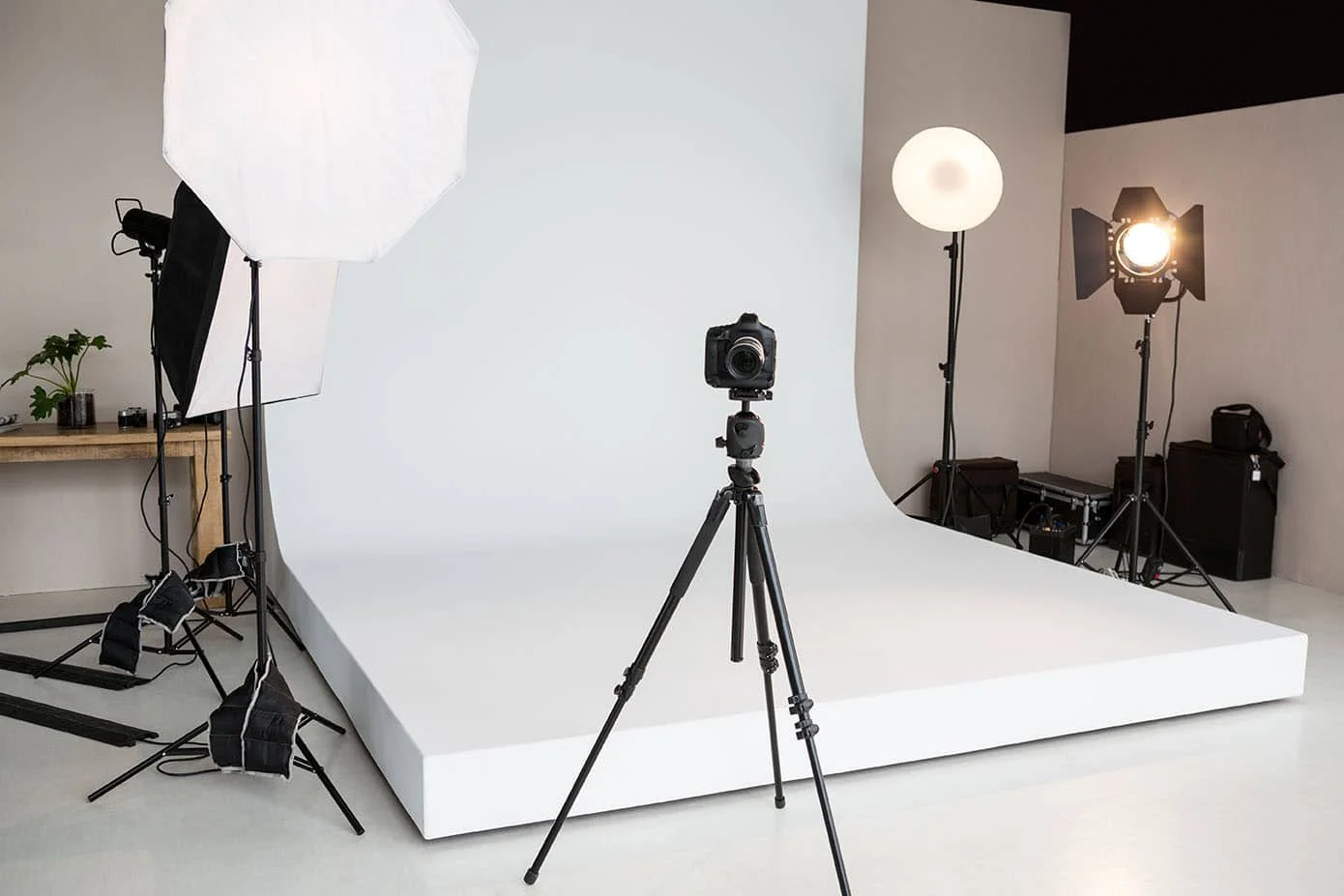
Related articles

